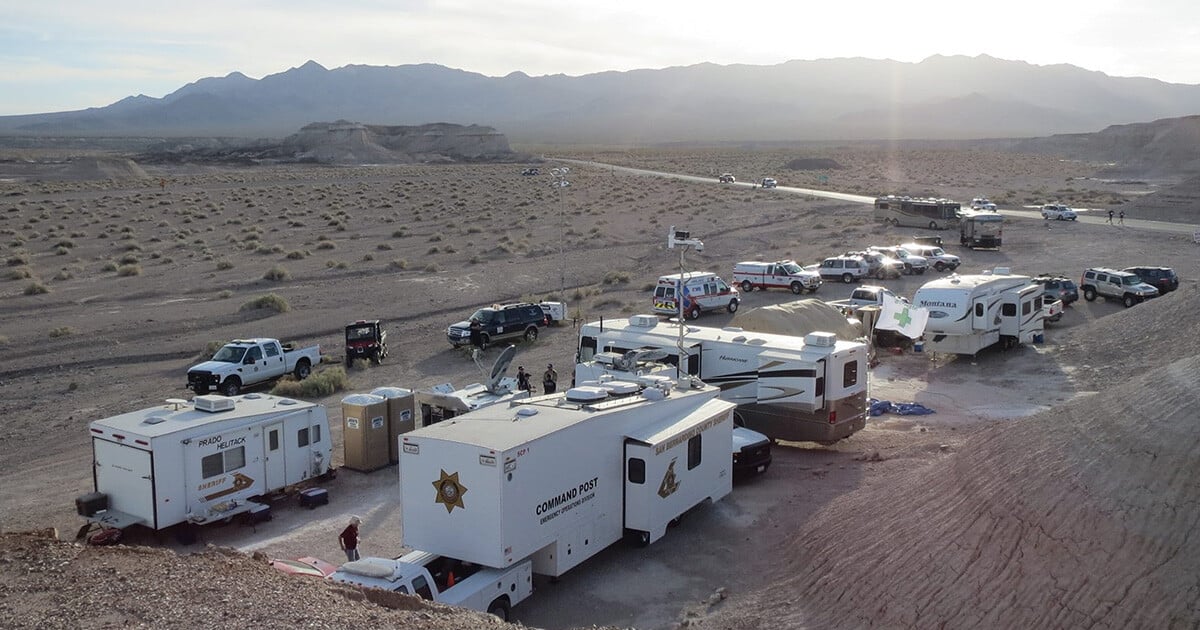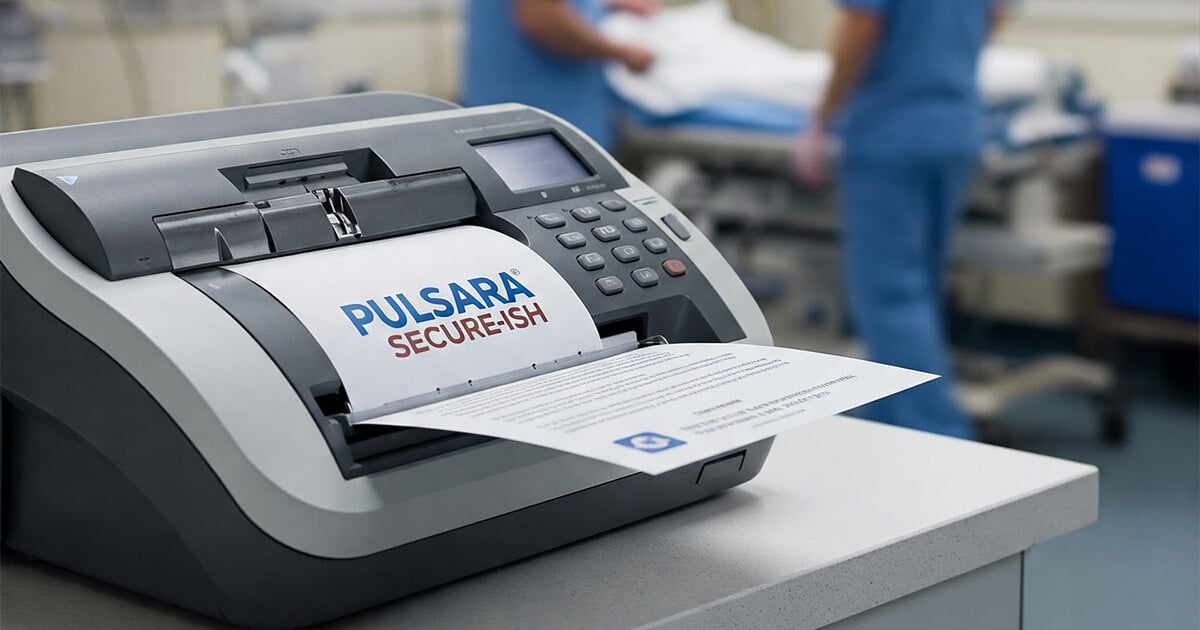Baker to Vegas: Leveraging Pulsara to Manage a Planned Event
Although they have the advantage of prior awareness and preparation, large-scale planned events pose unique challenges for emergency management...
1 min read
 Brandon Means
:
Jan 19, 2017
Brandon Means
:
Jan 19, 2017
![The Critical Role EMS Plays in Stroke Patient Survival [New Data]](http://www.pulsara.com/hubfs/TexasEMS_3_realPatient-127488-edited.jpg)
We’ve known for a while now that when EMS providers are properly trained, they perform at a high level when it comes to treating and assessing patients. For example, past studies have shown that paramedics who had formal training in identifying STEMI on a 12-lead ECG could do so with the same level of proficiency as most ED Physicians (1). The same goes for identifying stroke. A similar study showed that paramedics were on par with ED physicians when it comes to identifying stroke using simple stroke scales such as the CPSS or FAST (2).
 In today’s world, however, it’s all about patient outcomes. If we want to improve the lives of patients and caregivers, our focus must be on outcomes, and it must be driven by data. A recent study published in May of 2016 (3) shows that recognition of stroke by EMS providers actually affects the patient after the hand-off is made in the Emergency Department. In other words, recognition of stroke by EMS providers was independently associated with faster door-to-physician time, faster door-to-CT time, and greater odds of receiving thrombolysis.
In today’s world, however, it’s all about patient outcomes. If we want to improve the lives of patients and caregivers, our focus must be on outcomes, and it must be driven by data. A recent study published in May of 2016 (3) shows that recognition of stroke by EMS providers actually affects the patient after the hand-off is made in the Emergency Department. In other words, recognition of stroke by EMS providers was independently associated with faster door-to-physician time, faster door-to-CT time, and greater odds of receiving thrombolysis.
We know that time is tissue, and that the faster we complete each leg of the race, the faster we can start our patients on the road to recovery.
As EMS providers, we know that there’s not a lot we can do for a stroke patient in the ambulance. This is why it’s so important that we set up the other members of our team for success by performing an accurate assessment, delivering pertinent information to the rest of the care team, and making sure we transport to the appropriate facility. And those key steps start with empowering your EMS teams with education and communication solutions that will expedite the care process. (Learn more about Pulsara's stroke app here).
(1) https://www.ncbi.nlm.nih.gov/pubmed/16032608
(2) http://stroke.ahajournals.org/content/35/6/1355

Although they have the advantage of prior awareness and preparation, large-scale planned events pose unique challenges for emergency management...

For Those Who Love a Good "Oopsie!" At Pulsara, we pride ourselves on enabling secure, HIPAA-compliant communication for healthcare teams. But let’s...

March Recap A New Integration: Improving Data Management, Streamlining Workflows, and Improving Care CoordinationOnly a few days ago, we announced...